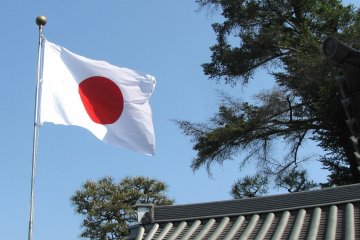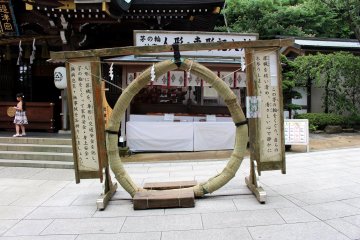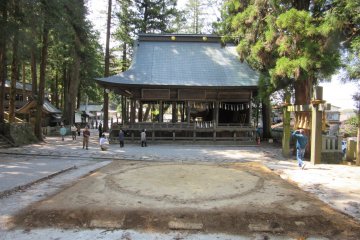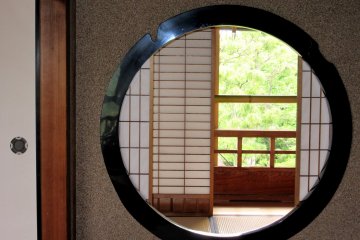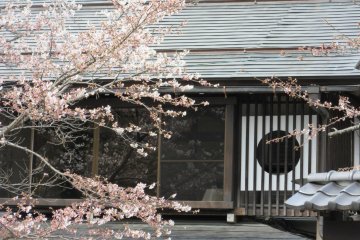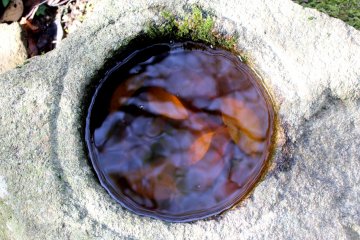In mythology, a circle is a universal symbol that depicts integrity, infinity, and eternity. The circularity is a negation of time and space, but it also means a return movement. In Buddhism, the circle of Zen means emptiness and the universe. To understand the universe, people must clear their minds. In other ancient religions, a circle was the symbol of the main god – the Sun – and although it had different graphic symbols, the essence was the same.
Since ancient times, people associated protective magic actions with the circle. A circular line drawn with a knife, fire, or coal, protects a person from the harmful effects of witchcraft and evil spirits. Neither evil spirits, witches, or death itself can cross the circle line, so in ancient times villages were enclosed in a circle for protection from illness or disease.
In Japan, circles (maru in Japanese) are encountered quite often. On the official flag of Japan, there is the symbol of rising the sun known as hi-no-maru. Japan has been associated with the sun symbol since the 17th century. According to legends, maru represents the sun goddess Amaterasu, from whom the Imperial family of Japan originated. The flag with the hi-no-maru emblem was used by the shogun in the 13th century when the Japanese fought with Mongolia. The modern flag of Japan, also called hi-no-maru, became official in 1870 as a trade flag, and much later became the official flag of the country. On my trips I could watch a sunrise when the sun was a red circle – it was hi-no-maru!

The word maru is often used in names of Japanese ships, such as Nippon Maru, Fuji Maru and Hikawa Maru; for cafés such as Hana Maru and Yon Maru, as well other objects such as Miyagi's prefectural mascot, Musubi Maru.

Magic circles made from straw or stone can be found in Shinto shrines, for instance at Enoshima Shrine or Yakuou-in at the mountain Takao-san, and a ritual of passing through those circle ‘gates’ is said to bring good luck.

The sumo wrestling area, called a dohyo, also takes a circular shape. The dohyo is made of a special type of clay and covered with a thin layer of sand. The fight takes place in a circle 4.55 meters in diameter, the borders of which are laid with plaits made of rice straw called tawara. The sumo ring itself and many related objects are full of Shinto symbols - the sand that covers the dohyo symbolizes purity, the practice of throwing salt symbolizes purification, the canopy over the dohyo is made in the style of a roof in a Shinto shrine, and so on. Up until last century, sumo tournaments took place outdoors on the grounds of Shinto shrines.

Traditional Japanese houses have no typical western windows - instead, they have round ones that often face a garden or are placed inside between two rooms. In traditional Japanese gardens you can find stones with round holes filled with water - and there are many more things where circles are significant!








